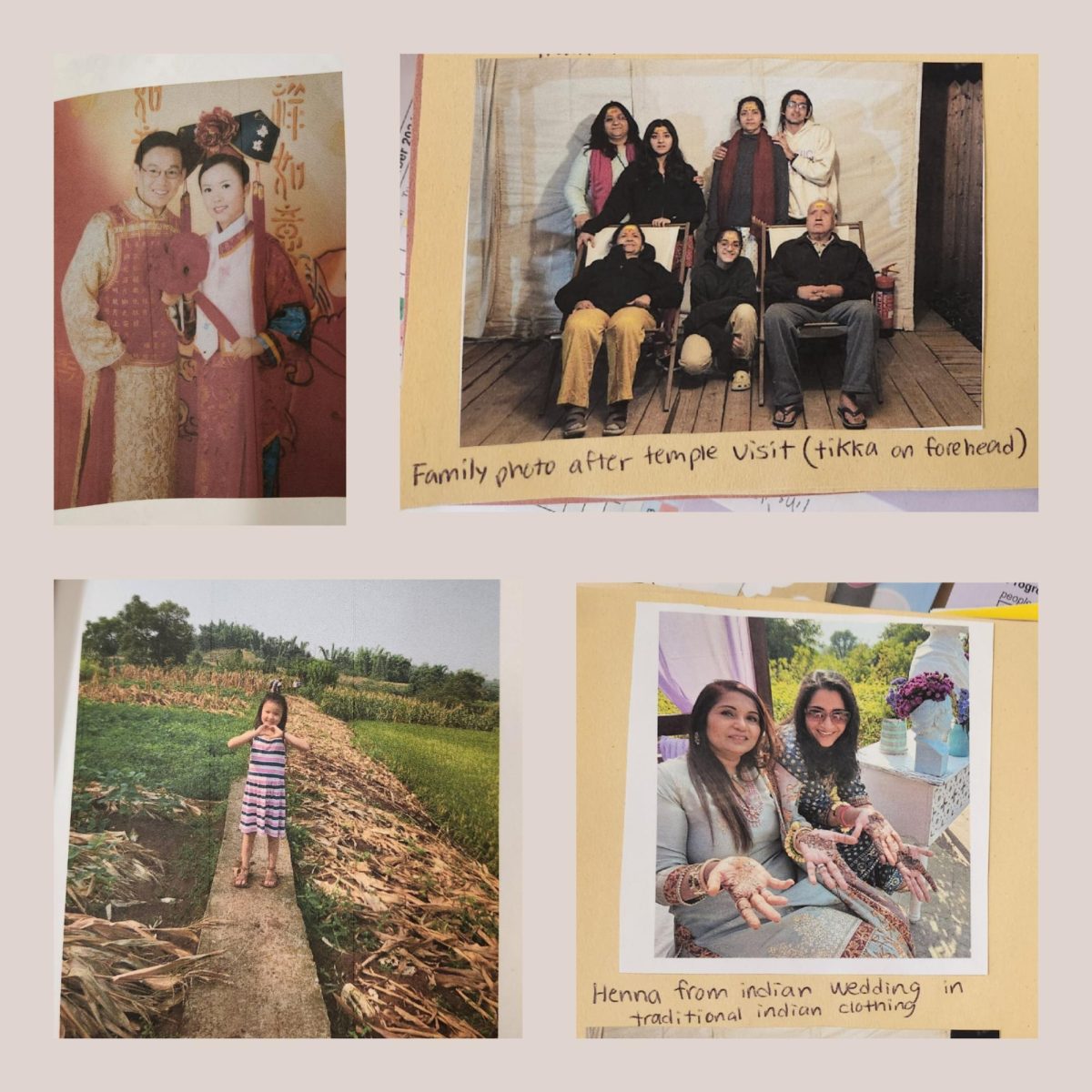Claudia Zambon joined the teaching staff at the start of the year following the departure of former Spanish teacher Allison Dermont, who left the school to work closer to her home in San Francisco. She is teaching Spanish 2 and 3.
Born to two Argentine parents in America, Zambon learned both Spanish and English at a native level. When she was 14, her father decided to start a cartoon studio in his hometown of Buenos Aires, Argentina. There, she learned Spanish at Instituto Colegio de Nuestra Señora, a Catholic all-girls school.
“It was pretty stressful in Argentina, because if you failed one class, you had to redo the whole year,” Zambon said.
After high school, she got her first teaching experience as a private tutor before continuing at various institutions where she taught English to Spanish-speaking adults for four years in Argentina.
Zambon later returned to America after her father got a new job opportunity to set up his own animation studio, Jaime Diaz Producciones.
She later went on to teach Spanish for five years at three different private schools in the U.S. — Live Oak Academy, Casa Di Mir Montessori and Canyon Heights — until receiving a job offer here.
“I discovered that I really enjoy getting to know my students and interacting with them while teaching them the beautiful language of Spanish,” Zambon said.
Since SHS is the first public school that Zambon has taught at, she is navigating the difficulty of having her average class size increase from about 20 to 30. Despite the big increase in students, she has been enjoying her experience.
“Everyone is very warm and welcoming, and you can just tell the students are very motivated and ready to learn,” Zambon said.
In order to make the class more interesting for her students, she incorporates many interactive assignments and games into her lessons.
For example, she begins her class by reviewing “to-have” verbs and their conjugations by playing a song that also incorporates new vocabulary. Then, she has her students engage in a charades-like skit, where students have to act out a specific action and others have to guess in Spanish. Finally, she finishes her lesson by providing students with tools for how to ask and answer basic questions they can actually utilize when conversing in Spanish.
Apart from having more interactive classes, Zambon also tries to incorporate more project-based work rather than written tests into her curriculum. At the end of the semester, Zambon is looking forward to the creative final project. She believes these projects will allow her students to express their uniqueness and talents.
“I’m really excited to see students show their creativity in different ways with the language,” Zambon said.
An example of a memorable final project made by her students from her past school was a weather forecast done entirely in Spanish. The students simulated a storm by artificially creating strong winds and rain pouring from all directions.
At the end of the day, Zambon wants all her students to walk out of her class with valuable skills and knowledge.
“Each student has unique gifts and talents to offer. I hope to accompany my students in discovering how to be the best version of themselves for their own good and for the betterment of society,” Zambon said.


























